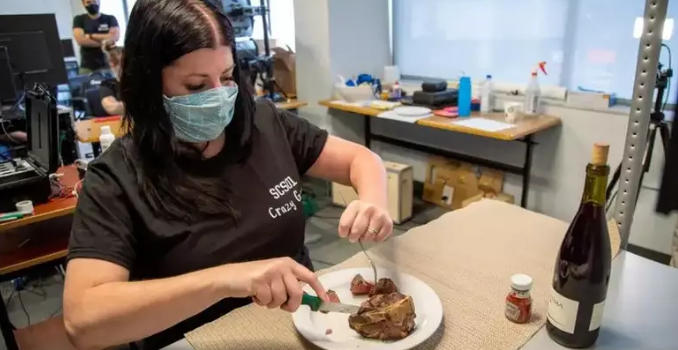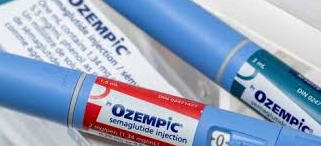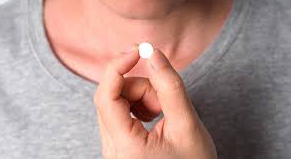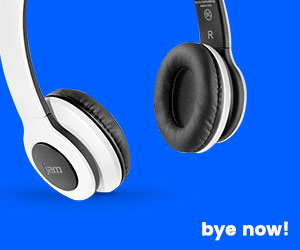
Breakthrough Research Offers New Hope for Stroke Rehabilitation
A remarkable advancement in rehabilitation has enabled Heather Rendulic, aged 22 at the time of her stroke in 2012, to regain movement in her hand and arm for the first time in almost a decade. Following her stroke, Ms. Rendulic experienced severe muscle weakness, leaving her with no mobility in her left hand. However, thanks to pioneering spinal cord stimulation techniques developed by researchers at Carnegie Mellon University and the University of Pittsburgh, she has seen significant improvement.
This non-invasive procedure involves the careful placement of thin metal electrodes along the neck to stimulate functioning nerve cells. While receiving stimulation, Ms. Rendulic successfully opened and closed her fist, lifted a can of soup, and even used a knife and fork to cut a piece of steak—activities she had not performed for nearly nine years.
“It feels somewhat like a tickle, and it’s not painful, but it does take some getting used to,” Ms. Rendulic shared. “It’s incredible to be able to move my arm and hands in ways I haven’t done in almost a decade.”
In the UK, around 100,000 people experience strokes annually, and there are approximately 1.2 million survivors, many of whom struggle to return to work due to lasting motor control issues.
Marco Capogrosso, assistant professor of neurological surgery at the University of Pittsburgh and co-senior author of the study, stated, “Our findings reveal that targeted electrical stimulation of specific spinal cord regions allows patients to achieve movements that are otherwise impossible.” He recalled the emotional moment when Ms. Rendulic moved her hand for the first time after nine years, saying, “We were all in tears because we didn’t expect such immediate results.”
The researchers noted that the positive effects of spinal stimulation can persist for up to four weeks after treatment concludes, with no serious side effects reported. This technology holds promise for individuals with disabilities that are typically considered irreversible, as current treatments for chronic stroke paralysis are limited.
Douglas Weber, co-senior author and professor at Carnegie Mellon’s Neuroscience Institute, explained, “By stimulating the sensory nerves from the arm and hand, we can enhance the activity of weakened muscles in stroke patients.”
The groundbreaking findings of this research have been published in Nature Medicine, offering new hope for the future of stroke rehabilitation.










